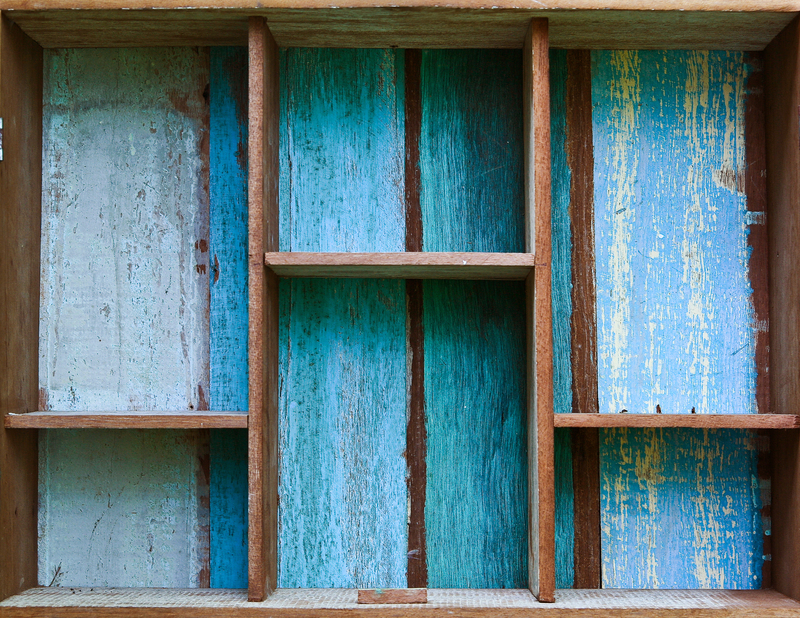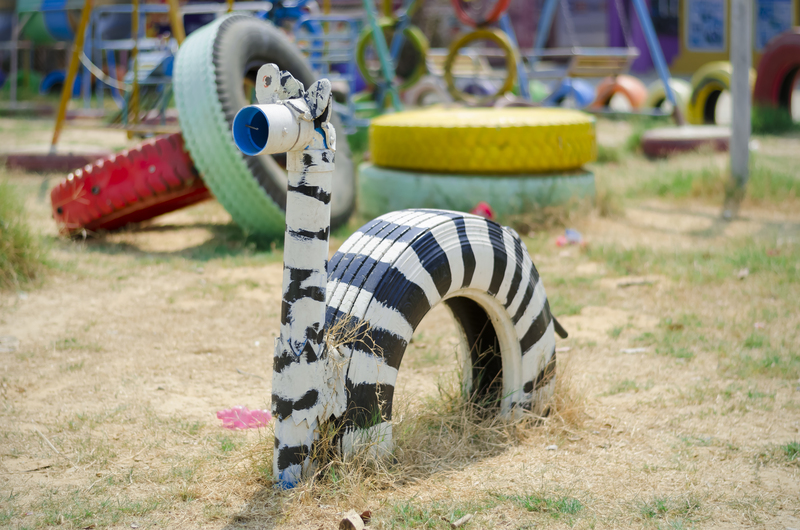Innovative Recycling Methods for Cardboard and Packaging Waste
Environmental awareness is rapidly becoming a priority across the globe, and the urgent need for effective management of cardboard and packaging waste is more apparent than ever. With e-commerce and manufacturing industries expanding, the volume of packaging material being used--and consequently discarded--continues to soar. This comprehensive guide delves into innovative recycling methods for cardboard and packaging waste, examining cutting-edge technologies, sustainable practices, and practical solutions for both individuals and businesses. Let's explore how these pioneering techniques are changing the recycling landscape and paving the way for a cleaner, greener planet.
Understanding the Challenge: Cardboard and Packaging Waste
Cardboard and packaging materials such as corrugated fiberboard, cartons, and paper-based wraps are essential in today's commerce and logistics. However, improper disposal and limited recycling can result in excessive landfill use, deforestation, and environmental pollution.
- Cardboard: Typically recyclable, but can be contaminated by food or liquids.
- Packaging materials: Includes a variety of types, from paperboard to mixed-materials like plastic-laminated cartons.
- Waste statistics: According to the Environmental Protection Agency (EPA), cardboard and paper account for nearly 30% of municipal solid waste annually.
The Importance of Recycling Packaging Waste
Proper recycling reduces landfill usage, conserves natural resources, and decreases greenhouse gas emissions. Traditional recycling methods, though effective, often fall short when dealing with complex or contaminated packaging waste. As a result, there has been an increasing push for innovation in the industry.

Traditional Recycling: How Cardboard Has Been Recycled
The customary process for cardboard recycling involves:
- Collection and transportation to recycling facilities.
- Sorting and separating from other waste streams.
- Pulping: Cardboard is mixed with water, broken down to fibers.
- Cleaning and de-inking to remove contaminants.
- Refining and finishing into new paper products or cardboard materials.
While effective for clean and dry cardboard, this approach is often less successful for contaminated or composite packaging materials. This has prompted research and investment into advanced recycling solutions for packaging waste.
Innovative Recycling Methods for Cardboard and Packaging Waste
To address the limitations of traditional recycling, innovators and researchers have developed state-of-the-art recycling technologies. These innovations improve efficiency, reduce labor, and allow for recycling of materials previously considered unrecyclable.
1. Enzyme-Based Recycling
Enzymatic recycling harnesses specially developed enzymes to break down cellulose fibers in cardboard and paper packaging. By targeting:
- Contaminants such as adhesives and coatings
- Mixed-material layers
Researchers are optimistic that enzyme-based recycling can make previously challenging waste--like food-stained pizza boxes or laminated cartons--viable for recycling streams.
2. Advanced Sorting Technologies
Modern automated sorting systems employ Artificial Intelligence (AI) and machine vision to rapidly distinguish between different types of cardboard and packaging waste.
- AI-powered robots identify contaminants and incorrect items in the sorting line.
- High-speed cameras and sensors recognize complex composite materials.
3. Chemical Recycling
Chemical recycling goes beyond conventional mechanical methods by breaking packaging down into basic chemical components.
- Processes such as solvolysis or pyrolysis can handle multi-layer packaging (such as beverage cartons).
- Converts waste into valuable raw materials for new packaging.
- Optimized to deal with adhesives, inks, and complex coatings.
4. Upcycling and Reuse Innovations
Upcycling gives cardboard and packaging waste a second life by transforming them into innovative products.
- Furniture and interior decor: Designers fashion chairs, tables, and decorative panels from discarded cardboard.
- Eco-friendly artwork and crafts: Artists and communities develop new creative uses for old packaging.
- Reusable packaging solutions: Some companies redesign packaging to enable multiple uses before final recycling.
5. Compostable Packaging and Biodegradable Alternatives
The shift to compostable packaging materials is growing. Made from:
- Cornstarch
- Sugarcane fibers (bagasse)
- Recycled plant fibers
- Blending compostable waste with organic material streams
- Enhancing municipal composting infrastructures
6. AI and IoT-Driven Smart Collection Systems
Smart bins and collection points equipped with sensors and Internet of Things (IoT) technologies revolutionize how cardboard and packaging waste is collected, sorted, and tracked.
- Weight sensors monitor bin usage to optimize collection routes.
- RFID tags track large-scale packaging movements for industrial customers.
- Mobile apps educate consumers and reward recycling participation.
Business Impact: Circular Economy and Packaging Waste Management
Forward-thinking organizations are reimagining their approach to cardboard and packaging waste by embracing the circular economy model. In this system:
- Packaging is designed for recycling and reuse from the outset.
- Consumers and businesses collaborate to maximize material recovery.
- Waste from one process becomes the raw input for another.
Many major brands now use recycled cardboard for shipping, or have introduced take-back programs for packaging waste. Some logistics companies have even replaced single-use cardboard boxes with reusable packaging schemes, tracking every box with IoT devices for efficient returns.
Case Studies: Real-World Applications of Innovative Recycling
- Loop: An international initiative that delivers products in durable packaging, which is collected after use, sanitized, and reused.
- Amazon's Frustration-Free Packaging: Packages designed to ship without additional boxes are easier to recycle and reduce excess waste.
- DS Smith: A leader in cardboard recycling, the company invests in cutting-edge mills and chemical recycling plants, extracting maximum value from packaging waste.
How Individuals Can Support Innovative Cardboard Recycling
Consumers play a critical role in the success of packaging waste recycling programs. Here's how you can contribute:
- Break down boxes to save space and make recycling easier.
- Keep cardboard dry and clean--avoid recycling soiled or wet cardboard which can compromise whole batches.
- Remove non-paper elements like plastic tape or labels before recycling.
- Participate in community recycling events or volunteer for local clean-up initiatives.
Stay informed about local recycling requirements, as not all facilities accept every type of packaging waste. Some municipalities provide special bins or curbside pickups for cardboard and segregated packaging waste--take advantage of them whenever possible.

Challenges and the Future of Cardboard Recycling Innovations
While recent advances offer hope, several challenges remain in achieving truly sustainable packaging waste recycling:
- Not all recycling facilities have adopted new technologies due to cost constraints.
- Composite and food-contaminated packaging continues to cause difficulties.
- Consumer awareness and participation levels can affect recycling outcomes.
The future of cardboard and packaging waste recycling will likely include:
- Greater investment in AI-, chemistry-, and enzyme-driven recycling plants.
- Collaboration between manufacturers, government, and consumers to promote closed-loop systems.
- Continued innovation in packaging design to ensure every item is recyclable or compostable.
- Education campaigns to change mindsets and encourage responsible disposal habits.
The ultimate goal is a sustainable zero-waste packaging ecosystem that benefits people and the planet alike.
Conclusion: Embracing a New Era in Cardboard and Packaging Waste Recycling
The evolution of innovative recycling methods for cardboard and packaging waste represents a crucial step toward a cleaner environment and a more sustainable society. Through a blend of scientific breakthroughs, smart technology, and responsible participation at every level, the seemingly overwhelming challenge of packaging waste can be addressed.
Whether you are an industry leader, a civic planner, or an environmentally conscious consumer, participation and advocacy for better recycling practices are essential. By embracing these modern recycling solutions, we pave the way to a future where waste is not a burden, but a resource--fueling innovation, protecting our natural world, and supporting the well-being of future generations.
Further Reading and Resources
- EPA Recycling Basics
- Packaging Europe - Innovations in Sustainable Packaging
- Recycle Now: How is Cardboard Recycled?
Together, through the adoption and promotion of innovative methods, we can dramatically improve the recycling of cardboard and packaging materials, shaping a greener tomorrow.